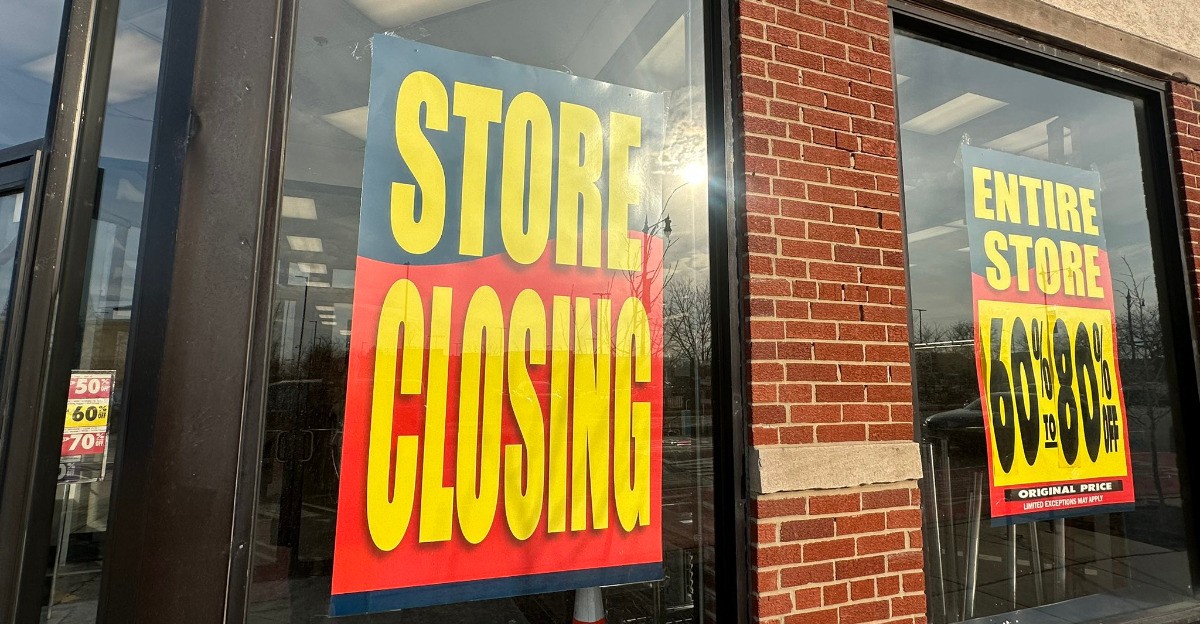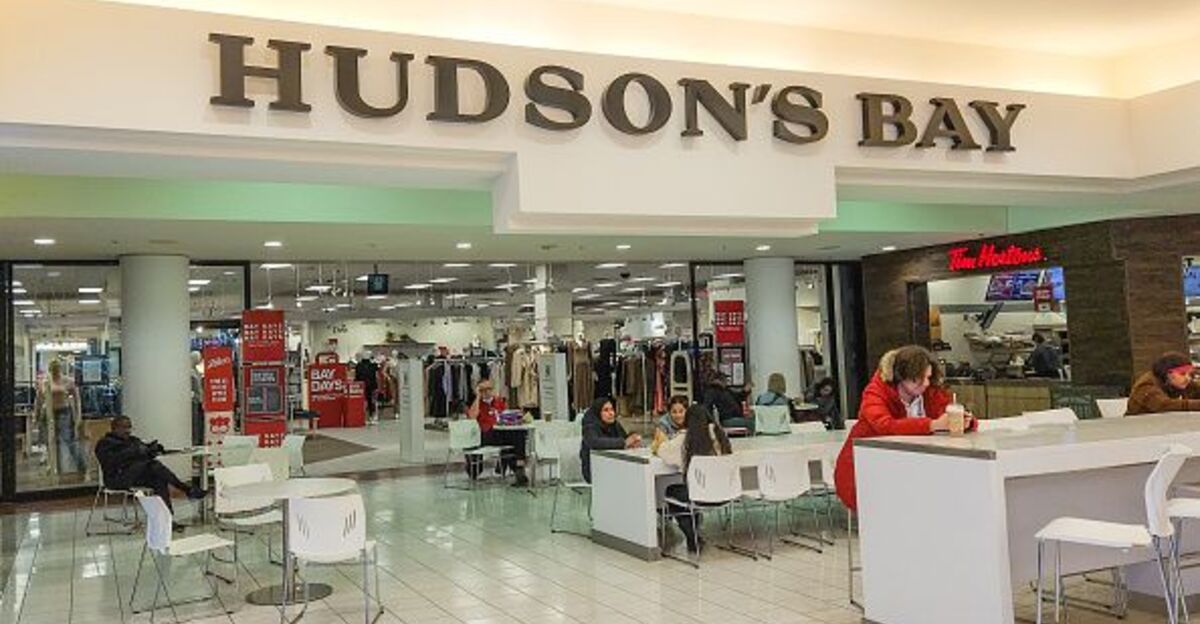
North America’s oldest upscale department store stunned consumers and industry insiders by saying it would close its remaining stores and liquidate its assets.
For many, this marked the end of an era— an iconic brand that had established itself into the fabric of Canadian culture was, at least in the public’s eyes, destined for the retail history books.
The chain’s deep history and historic flagship locations compounded the shock. But as the company geared up for its final curtain, a surprising plot twist emerged: A $1 billion rescue offer that could give the company a second chance, triggering a chain reaction of consequences across the retail landscape.
Why It’s Happening: The Perfect Retail Storm

The troubles at Hudson’s Bay didn’t just happen overnight. Years of declining foot traffic, the relentless rise of e-commerce, and increasing operational costs have shrunk profits.
The COVID-19 pandemic only accelerated these trends, and the retailer now has more than $1.1 billion in debt. Despite its efforts to modernize, Hudson’s Bay struggled to keep pace with changing shopping habits and stiff competition.
The combination of these pressures pushed the company into creditor protection and laid the groundwork for a dramatic restructuring and a frantic hunt for a lifeline.
Liquidation Sales Spark a Shopping Frenzy

When Hudson’s Bay started liquidation sales, customers flocked to stores for deep discounts — and a final taste of tradition. The response was overwhelming: sales exceeded expectations, generating more cash than anticipated.
This surprise windfall not only temporarily boosted the economy but also caught the attention of investors and other potential buyers.
While bittersweet, the liquidation process proved to be one of the most profitable in recent memory. Its success truly showcased the lasting emotional connection Canadians share with this iconic brand.
Multiple Bidders Enter the Scene

The impressive performance of the liquidation sales led to a bidding war. Seventeen different parties expressed interest in acquiring portions of or the entire Hudson’s Bay, including some who proposed keeping selected stores open to bids for valuable intellectual property.
Among them were billionaire mall owner Weihong Liu and the investment firm Urbana Corp., each offering a different vision for the brand’s future.
This diversity of interest affirmed Hudson’s Bay’s enduring value, not just as a retailer but also as a cultural and commercial asset.
What’s on the Table—Stores, Leases, and Legacy

The potential deals comprise a combination of physical stores, store leases, intellectual property, and real estate holdings.
Some buyers are looking to keep a retail presence, saving jobs and local shopping options, and others see value in the brand’s trademarks and its historic buildings.
The final deal will determine whether Hudson’s Bay will continue to be a familiar face on Canadian high streets or if it transforms into a digital or licensing powerhouse, leveraging its legacy in new ways.
Assets vs. Liabilities

Hudson’s Bay’s financials reveal a company with significant value and substantial debt. As of early 2025, net assets were estimated at $3.7 billion, with liabilities closer to $3.2 billion.
This relatively thin margin means that, with the right buyer and plan, the company could still salvage some value for creditors and other stakeholders, rather than suffering a complete loss in liquidation.
With that legacy and valuable real estate, the brand does have a foundation for a turnaround, but success hinges on disciplined management.
A Race Against Time and Court Oversight

A court-appointed monitor is overseeing the sale of the business to ensure transparency and value maximization. Hudson’s Bay must obtain court approval for any deal by May 30, 2025, adding urgency to the bidding process.
The court’s involvement reassures stakeholders – creditors, employees, and investors – that the process is fair and legally sound.
This oversight is essential to earning trust and ensuring that the winning bid is in the long-term strategic interest of the company and its legacy.
Impact on Employees and Communities

Thousands of jobs and dozens of communities hang in the balance. If a buyer does keep stores open, a significant number of employees might be able to keep their jobs, and local economies would benefit from continued retail activity.
On the other hand, a shift to digital or licensing would lead to significant layoffs of hundreds and the loss of historic shopping destinations.
The uncertainty has caused anxiety for employees and shoppers, who are awaiting news of whether Hudson’s Bay will remain a cornerstone of Canadian retail.
Why This Matters Beyond Retail

Hudson’s Bay is not just another department store — it’s a symbol of Canadian pride and community identity. Its flagship locations are architectural landmarks and gathering places.
The potential rescue means preserving thousands of jobs, maintaining vital retail options, and honoring a legacy that stretches back over 350 years.
The effects will be felt through the economy, urban development, and even the national culture, offering hope to other struggling retailers and communities.
A Retail Giant’s Second Chance

Hudson’s Bay’s story is a powerful reminder that even in tough times, established brands can find new life. This retail giant might still end up with a second chance, with multiple bids and a sale overseen by the court.
What happens in the next few weeks is critical: the decisions made now will influence not only the fate of Hudson’s Bay but also the Canadian retail industry as a whole.
What started with a story of loss could shape up to be a blueprint for resilience and reinvention, with lessons that ripple far beyond the checkout counter.
Discover more trending stories and Follow us to keep inspiration flowing to your feed!

Craving more home and lifestyle inspiration? Hit Follow to keep the creativity flowing, and let us know your thoughts in the comments below!
